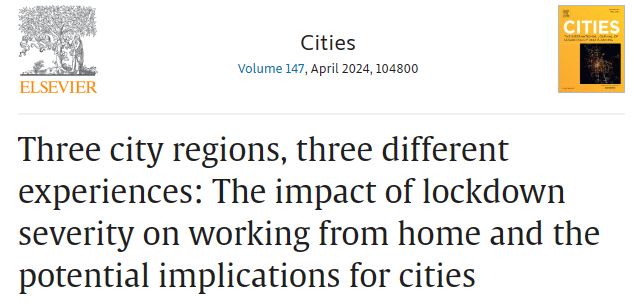Matthew J. Beck, David A. Hensher, Camila Balbontín
Abstract
In the first 22 months of the COVID-19 pandemic, from March 2020 to December 2021, we witnessed a seismic change in the way in which work was undertaken given the restrictions implemented by government to curb the spread of the virus; most prominent has been the rise in working from home (WFH) as a more acceptable work location. In this paper, we explore preferences for and attitudes towards WFH in great detail, leveraging two waves of data to explore the remarkable and globally unique situation of three metro areas (Greater Sydney Metropolitan Area, South-East Queensland, and Melbourne) who despite entering lockdown at the same time in 2021, follow significantly different trajectories with respect to the severity and duration of the lockdowns. We find that irrespective of the degree of severity of the lockdown and the duration thereof, employee preferences for working from home, and importantly productivity, remained unchanged. Rather than diminishing the desire to WFH, evidence indicates that as periods of lockdown extend the desire to continue WFH only seems to intensify. While all workers express a preference to continue WFH in an unrestricted world, more often than they did prior to the pandemic, we further identify three broad segments of workers based primarily on how much of a balance they can strike between the benefits and challenges of WFH, which dictates how often they would like to WFH. Given that the desire to WFH more and the positive externalities of increased WFH, we argue that measures to support ongoing WFH are important to sustainable cities and the people who live in them, across several dimensions.
